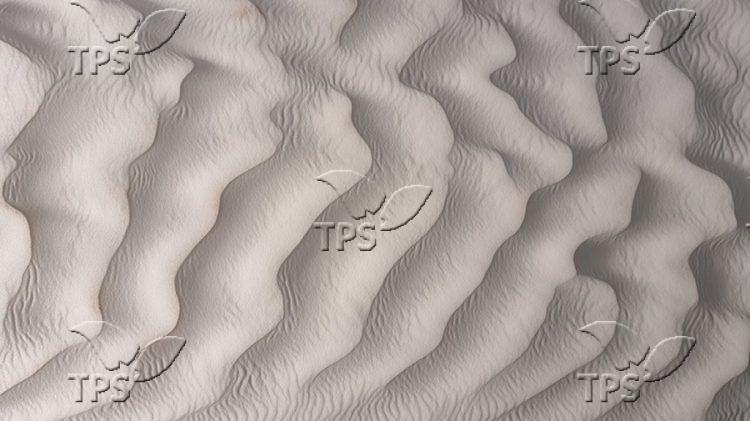Revolutionizing Geoscience: Israeli Study Unveils Unified Theory for Sand Ripples Across Planets
Jerusalem, 12 March, 2024 (TPS) -- The findings of an Israeli study of sand ripples on Mars is challenging prevailing scientific understandings of the phenomenon on Earth. The researchers have already advanced a “unified theory” to explain the phenomenon on both planets, recently published in the peer-reviewed Nature Geoscience journal that could revolutionize scientific understanding.
Sand ripples are symmetrical wave-like formations sculpted by the wind or flowing water as the grains of sand accumulate in patterns.
For researchers, these ripples offer insights into the dynamics of wind and water movement in different environments, provide clues about past environments, and shed light on sediment transport. The latter is crucial for managing erosion and desertification, and for engineers who design and maintain pipelines, bridges, and other structures.
The discovery of similar patterns on Mars by NASA’s Curiosity rover in 2015 raised intriguing questions about their formation processes on different planets. Until now, the conventional wisdom was that the conditions responsible for creating sand ripples on Mars were fundamentally different from those on Earth.
However, Ben-Gurion University of the Negev Professors Hezi Yizhaq and Itzhak Katra, along with their international collaborators, have challenged this notion, saying the same phenomenon can exist on Earth — but researchers never noticed it before.
Imitating Martian sand was not easy because it’s finer than sand here on Earth, Yizhaq explained, but the breakthrough occurred when they decided to try tiny glass balls with a diameter of 90 microns to represent fine grains of sand.
Through experiments using wind tunnels at Ben-Gurion University and Aarhus University’s Mars tunnel in Denmark, the researchers successfully replicated Martian sand conditions on Earth. The breakthrough was achieved by using tiny glass balls to simulate the finer grains of sand found on the Red Planet.
After demonstrating that the phenomenon observed on Mars could potentially occur on Earth, the researchers proposed a unified theoretical framework to explain the formation of sand ripples on both planets. Remarkably, the researchers suggest that the wind-induced sand ripples on Mars bear striking resemblance to those formed by water on Earth.
“There is much more research, both fieldwork and experimentally, needed to prove our theory, but it is amazing to propose something so radically new in a field I have been studying for over 20 years. It is exciting to go out and try to find on Earth what can clearly be seen on Mars,” said Yizhaq.







